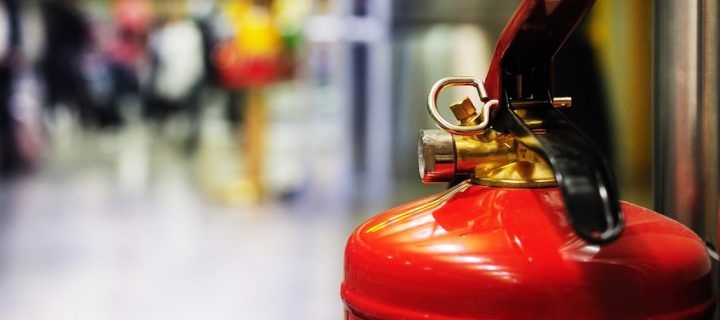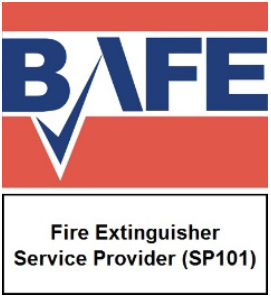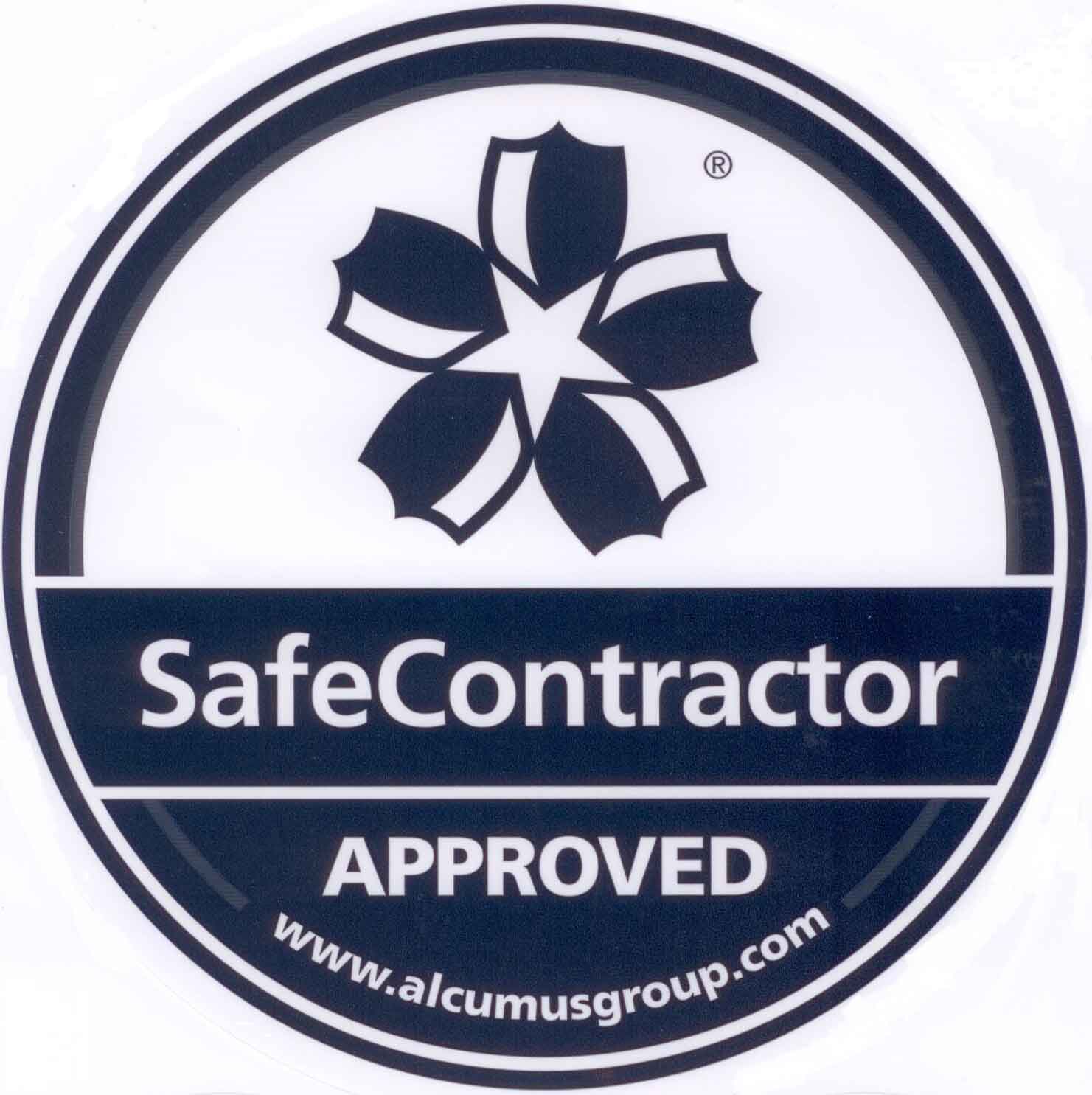To ensure the safety of people and property in the event of a fire, it’s vital to have a reliable fire protection plan in place at all commercial premises. Under UK legislation, this must include a number of fire safety features, all of which can be classified as either passive or active fire protection.
Most people will likely have encountered these terms before, but what do they really mean? And what are the differences between active and passive protection? Here at Firepoint Services, we’re ready to handle all of your questions.
What is active fire protection?
As the name suggests, fire safety measures in this category require some form of action to trigger them. This can be user-operated (like fire extinguishers) or an automatic system, activated by some form of alert (like sprinkler systems).
Most active fire protection methods can be sorted into the following categories:
- Detection – An example of this is a fire alarm, which activates automatically when heat or smoke is detected to provide an early evacuation warning.
-
- Suppression – This term covers any equipment that can help to douse flames. This can be achieved either manually, with fire extinguishers, or automatically, such as with sprinkler systems.
- Ventilation – Many buildings will use these kinds of products – such as AOVs (Automatic Opening Vents) – to keep evacuation routes free of toxic smoke and fumes.
The importance of active fire protection can not be underestimated, especially in large commercial buildings that have a higher risk factor. Active fire protection methods focus on reducing the spread of a fire, suppressing its range to allow building occupants the chance to escape before flames burn out of control.
What is passive fire protection?
Passive protection measures are structural elements that are design to slow the spread of fire. As the title implies, they do not typically require intervention in order to work. However, it’s important to remember that these features will still require regular maintenance; there would be nothing worse than only discovering these protection methods don’t work at a time when you really need them.
Many commercial properties are challenging to handle in an emergency due to their size and expansive nature. This is where passive fire protection comes in; it compartmentalises the building into different zones, to aid evacuation and prevent loss of people and property.
When designing and constructing any building, a number of passive fire protection methods will already be planned into the structure. Not only does this fulfil legal obligations, but it can prevent costly damage in the event of an actual fire.
Some commonly used methods of passive fire protection include fire doors, intumescent fireproofing and fire barriers. These features offer building occupants extra time to escape and are particularly important in high-risk settings that may house vulnerable demographics, such as schools and care homes.
Do you need both to be fire safe?
This is not an either/or situation – by far the most effective form of fire safety management is to have both passive and active protection methods working in tandem. The two perfectly complement each other; passive protection methods prevent the spread of fire whilst active protection is designed to detect, control and extinguish. Furthermore, you can have increased peace of mind as, in the unlikely event that one fire protection method fails, there should be plenty of backup features in place to protect you.
Firepoint Services has been operating across the North East since 1987, servicing commercial premises throughout Durham, Newcastle, Sunderland and beyond. We specialise in providing all the active and passive fire protection measures needed to keep your property fire safe. We have a whole host of accreditations under our belts and our team is well known for their trusted and reliable workmanship.
To improve fire safety measures at your workplace, contact our experts to discuss your needs further.









